With the Indians making the announcement this week that with the signing of Russell Branyan he would become the everyday first baseman, it came as a surprise to many. As a result, it has sent a shockwave which is going to be felt by either first baseman/outfielder Matt LaPorta or outfielder Michael Brantley where one opens the season at Triple-A Columbus.
Now, things can always change as spring training is long and injuries crop up. There is no guarantee that Branyan, LaPorta, and Travis Hafner will be healthy by the end of spring training, and injuries could occur to Grady Sizemore and Shin-Soo Choo, so it is very possible that if any of these players are sidelined that both LaPorta and Brantley would not be in danger of going back to Columbus.
But, barring injury, it looks to be absolutely certain that Brantley will be the one to go back to Columbus and not LaPorta. LaPorta is 25 years old and already has more major league experience, plus adds a much needed right-handed bat to a left-handed laden lineup. But most importantly, LaPorta's service clock is pretty much well aligned where there would be really no advantage to sending him to Columbus for a month or two to start the season. Currently, LaPorta has 72 days of major league service time, so unless the Indians would be sending him to Columbus for almost half the season, there is no advantage to sending him there to extend their control over him another year.
This is not the case with Brantley as he has 34 days of major league service time. Because of the Indians depth in the outfield and Brantley's youth, the Indians can afford to send Brantley to Columbus for the first two months of the season. In doing so he would have some time to settle into his season, work on a few more things offensively and defensively, and most importantly get his service time clock aligned properly.
Some reading this may be wondering what the heck a service time clock is, or what this has to do with roster management. But, in a lot of ways, this has everything to do with roster management when it comes to young players and especially small to mid market teams looking to control their players for as long as possible.
In baseball, 172 days on the big league roster is considered one year of major league service time. Obviously, a major league season is longer than 172 days, so a player only needs to be on an active 25-man roster (or big league disabled list) for 172 days of what usually is a 180 day or so season. After a player reaches three full seasons of service time they become arbitration eligible (a select few become arbitration eligible before three years, but I won't go into that here). After six full seasons of service time a player then becomes a free agent.
Managing service time is a vital piece of roster management for big league teams and is something that every team does in one way or another. It is a way to control when a player reaches free agency, and in cases of good decision making with how a team rosters a player they can delay free agency as many as one to three years for that player. The player has no control over this as they are at the mercy of their team on how their roster situation is handled (or you can say manipulated), and is also why when these guys do finally reach free agency you will get no complaining from me when they get multi-year deals for millions of dollars.
In any case, what this means for Brantley is by sending him to Columbus for about two months the Indians will ensure he will not become a free agent until after the 2016 season. If they were to put him on the roster at the beginning of the season and leave him in Cleveland all year, he would finish the year with 1.034 service days (1 year, 34 days). If he played full seasons for the next five seasons from 2011 to 2015 it would then make him a free agent after the 2015 season as he would have 6.034 service days. However, by sending him to Columbus until about the end of May, he would end up the season with only about 150-170 service days at the end of this season, with the key being he has not reached one full year yet. This means that after the next five seasons as illustrated above he would only have approximately 5.170 service days after the 2015 season. Six full years - or in other words 5.172 days - are needed to reach free agency, so he would have to play all of the 2016 season to get over the six year threshold to make him free agent eligible after the 2016 season.
Of course, in some cases this is negated when young players are signed to long term contracts to carry them through their arbitration years and maybe buy their first year or two of free agency. But, it still helps in those contract negotiations as it gives the team and not the agent/player more control on when that player reaches free agency and thereby can keep the overall price of the long term contract down some.
The same example with Brantley could also occur this year with the likes of second baseman Luis Valbuena (1.012 days), Jensen Lewis (2.028 days), Carlos Carrasco (0.034 days), Jess Todd (0.064 days), Wyatt Toregas (0.066 days), and Lou Marson (0.078 days). Sending down Valbuena or Lewis down to Columbus for a month at some point in the season is not a stretch as they both have options remaining. While the reason would be more to get looks at other guys, it would also offer an excuse to align their service clocks to where Valbuena finishes the year with under two years of service time and Lewis under three years service time to essentially add another year of control to them. Also, by having Carrasco, Todd, and Toregas in Columbus for half the season, it ensures another year of roster control is added.
Even in the case of Lou Marson, if all world catching prospect Carlos Santana is called up in late June or early July as expected, it is very possible that Marson spends most of the second half of the season in Columbus while Mike Redmond maintains backup catching duties with the big league club. By doing this, it would almost certainly keep Marson under one year of service time by the conclusion of the season, and thereby again giving the Indians an extra year of control over him as he would be free agent eligible in 2016 and not 2015.
Now, this service clock alignment won't happen with everyone. The team will use players when they need them regardless of this issue, and this is mostly applied to the higher profile young players, but in the case when you are not expected to contend or you have other options at your disposal to use in the short term this is most definitely a factor in who makes the opening day roster and when they are called up over the course of a season.
This was a big reason why Russell Branyan was signed as his $2 million contract may ultimately buy one of Brantley's free agent years. If Brantley becomes the player the Indians and most outside observers think he can become, that is a huge benefit not only in roster control but also payroll savings down the road. Had the Indians not signed Branyan they were ultimately going to use that $2 million on someone else. They initially tried to use it on free agent second baseman Orlando Hudson as that was the base amount of his offer from them for 2010 with the rest deferred, and when he passed on the offer the Indians turned to Branyan and other alternatives.
This is why teams should almost never open the season with a high profile rookie on the big league roster. Putting them in Triple-A and waiting three to four weeks before calling them up in late April or early May provides a team an extra year of control. We’ve seen many teams do this in the past, most recently the Tampa Bay Rays with Evan Longoria and the San Francisco Giants with Tim Lincecum. This is why at the minimum, guys who have yet to have their service clock started such as outfielder Jordan Brown, infielder Jason Donald, right-handed pitcher Hector Rondon, and Carlos Santana should open the season in Columbus even if they are deemed “ready”.
This is just good business for any organization as they finagle the service time clocks with guys and push off free agency as long as they can. The pickup of Branyan himself may not have made much sense, but the idea of signing someone in order to push Brantley to Triple-A to give the Indians a whole extra year of control for a core piece of the team the next half decade or so is good roster management. This is something small market teams need to do in order to extend the life of a young players’ career with them before they ultimately reach free agency.
Follow Tony Lastoria on Twitter @tlastoria



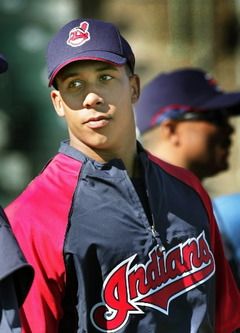







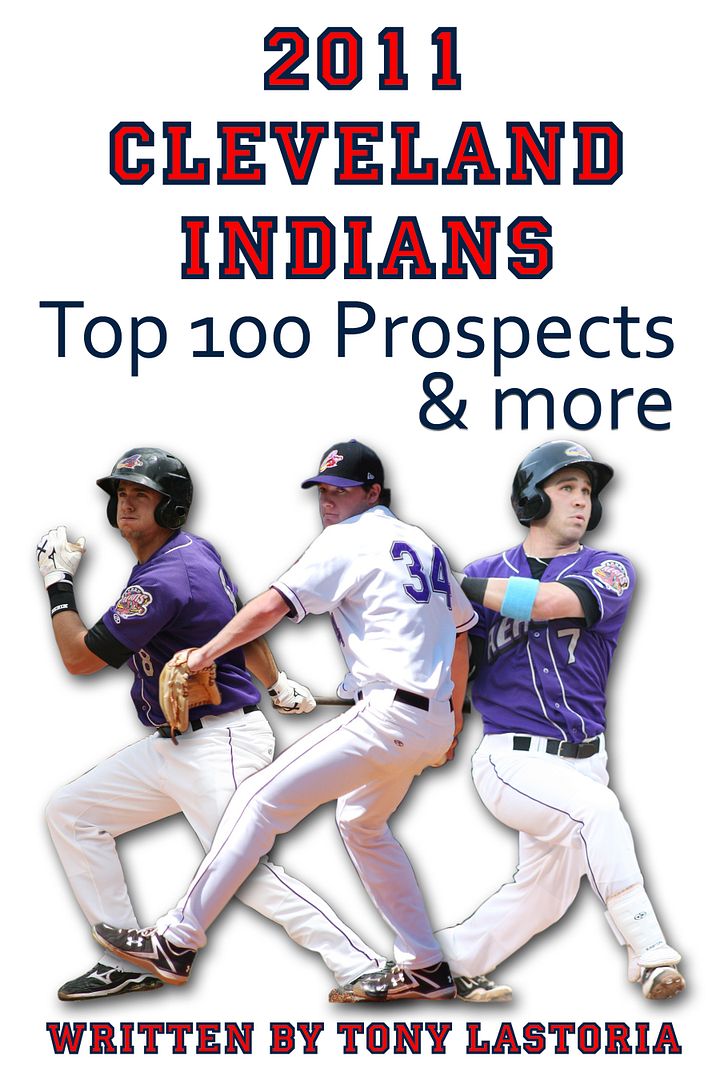
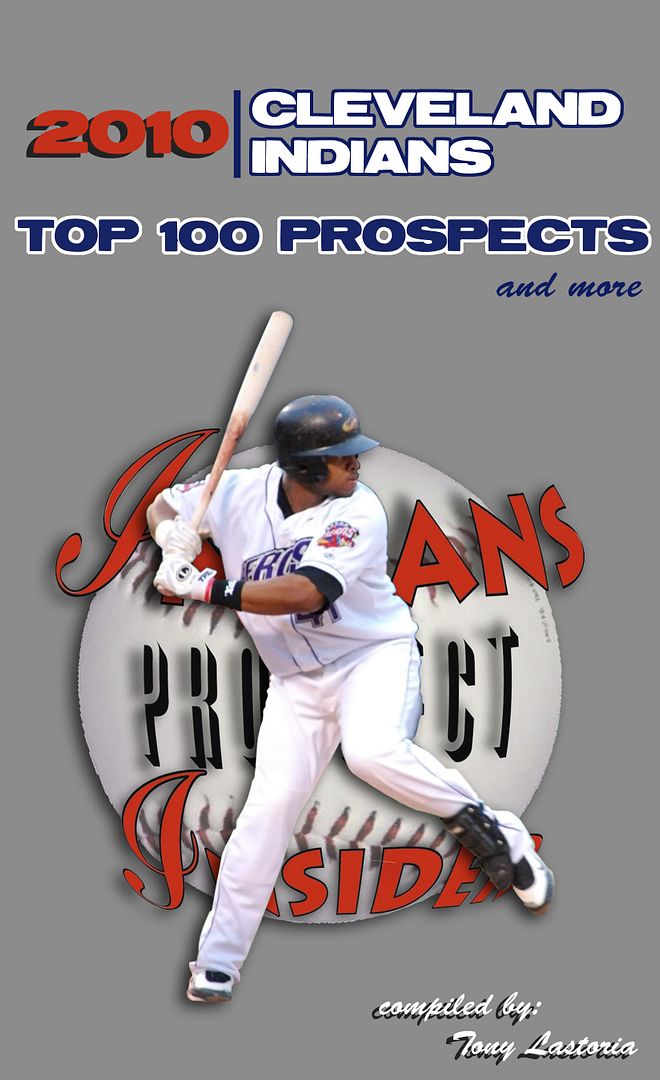
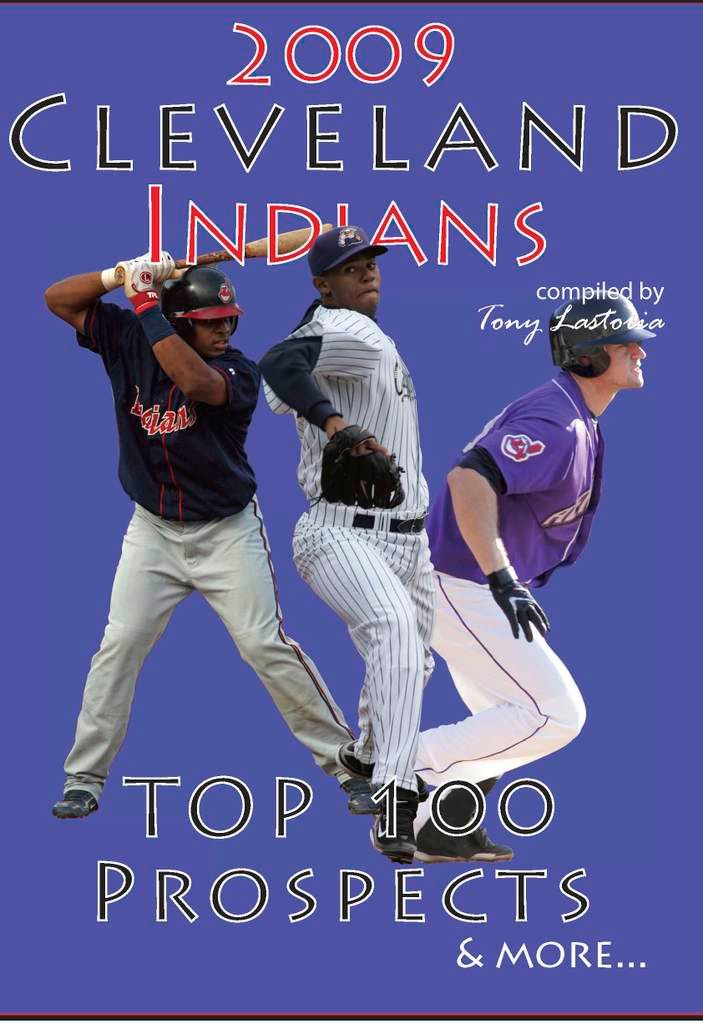
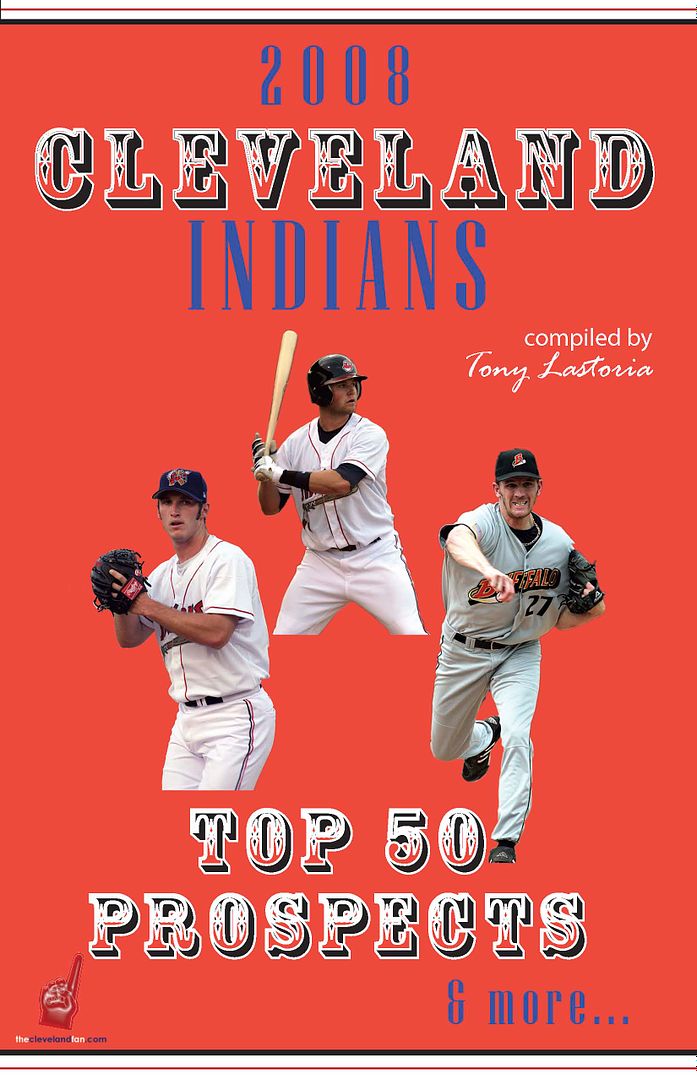
 Everything on this site is free, but for those interested in making any monetary contributions to help support the stability and growth of this site please click on the "Donate" button below.
Everything on this site is free, but for those interested in making any monetary contributions to help support the stability and growth of this site please click on the "Donate" button below.


10 comments:
This is a great explanation of how service time works and how teams manage it when necessary. This is a confusing issue for many fans and your post should be required reading for all fans of small market teams.
yep, nice explanation of this. In Brantley's case, I can't really argue with their decision. Personally, I'd still have preferred to nix Branyan and go with Jordan Brown in the outfield and leave Laporta at 1b. That way they get a good look at what Brown can do, and Laporta spends the entire year at his future permanent position. In Brown's case, he probably doesn't have a place long-term with the Indians, so service time isn't that big of a deal. I've come around to not hating the Branyan deal so much though, I have to admit there's a potential upside, and I figure at some point through injuries or whatever Brown will have a chance this year if he continues to perform in AAA.
Tony,
A couple questions:
1) I've always wondered about the service time calculation since there are more actual days in the season than the number that is considered 'one full year'. I think you may have answered this in the article but, can a guy accrue more service time after the 172 days to carry over? Or does the clock stop in a given year once 172 is reached? I think it is the latter as you mentioned Brantley would be sitting at 1.034 at the end of the coming year if he stayed up the whole year, rather than 1.040 and change.
2) You mention that the Tribe was going to spend the $2 million this year on 'someone'. Is their budget structure such that they need to spend it that year or lose it? Or is there ever a carryover to the next year's budget? It seems to me that the $2million would be better spent next offseason to help bring in a needed FA (not neccessarily a $2M FA but using that money to supplement and get someone they want).
I understand the service clock and it sounds great to keep the youngsters around for another year. However, put yourself into their shoes ... If you think that a team is putting you and others in the minors to save money as a general policy to manipulate the rules, how likely are you going to be to give them a break when they want to buy out your arbitration years and beyond? If you got to rely on them, treat them right.
Except that probably all MLB teams do it, i.e. Lincecum and Longoria.
Thanks Brendan. This is something often unknown among the casual fans, but really is something important and part of the everyday game (roster/time management).
I agree for the most part Seth on using Brown instead in the outfield, though that may not have gone over well with Brantley if Brown was here and he was not. Plus we needed some 1B help, so maybe they just avoided the drama of a young guy being put in LF over the other.
Bay, the maximum amount of days you can accrue in a season is 172. Yes, there are about 180 days in a season, but if you are with a team all season even if you are there for 180 days you only get credit for 172. Also, the money allocated for this year is money allocated for this year. There is no carryover of funds to the next season, something that is a common misconception I think among the fans.
Pete, I hear ya man. I hate what it does to the kids. But, it is also the reality of the game. Every team does it. Yankees, everyone. This is why when they have a chance to get the big bucks as a draft signing or free agent, they deserve every penny. It is the only time they control things.
if the indians get off to yet another slow start in april and may with all their best prospects down in triple-a while the veteran cock-blockers stink up the joint, they got nobody to blame but themselves if the attendance sucks as expected this year. people just don't wanna watch a losing team with re-tread journeymen players like russell branyan. they will however still watch a losing team that is made up of young prospects because then at least they still have some hope for the future. i understand why the indians do what the do when it comes to player control and their service time, but maybe they need to take a look at the here-and-now for a change and not just for the distant future. speaking of the distant future, anyone ever see that folk comedy duo "flight of the conchords"??? they do this one song that starts out with "the distant future, the distant future, the humans are dead, the humans are dead, we used poisonous gasses and poisoned their asses. good stuff. ok, so i got a.d.d. sue me.
A real nice write Tony. I would put it among your best.
People seem to forget that Branyan hit 31 home runs last year and was on pace to hit a lot more had his back not flared up. He also had a decent batting average the first half.
Along with giving them the luxury of getting an extra year to control Brantley this might work out on the field too.
You would think Branyan was a leper the way people talk about him.
Despite what Manny said they will need to platoon a bit and there's nothing wrong with that.
Dave, slow start or not, the fans aren't coming. They have already shown there is a disconnect with this franchise win or lose. Whose fault it is I am not sure. While many will blame Dolan, I am not so sure about that. He deserves part of the blame, yes, but the fans and other factors are also just as much at fault for the lack of interest in this team. It was very discouraging when we had arguably two of the most exciting teams in year in 2005 and 2007 yet couldn't draw even 30K to some games in Sept those years. I get the fans are frustrated, but I also think we all need a reality check. This franchise is nowhere near in the shape it was in the 70s/80s....you want bad ownership and front office makeup go look at those draft articles from the 80s I've been posting.;-)
Thanks Inker.
And Lisa, I agree somewhat. I don't expect Branyan to do anything, but it's not like the guy is chopped liver either. Borrowing from a poster on the site boards, he sports a career .822 OPS (113 OPS+), .349 wOBA and a .257 ISO. That's not bad at all.
Post a Comment